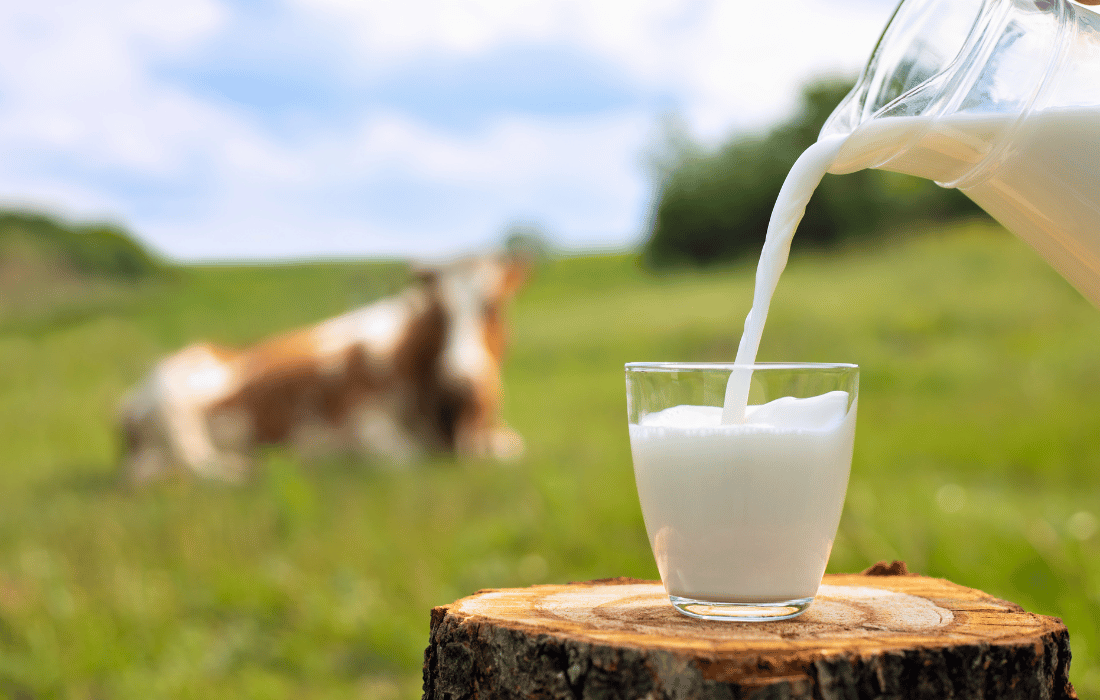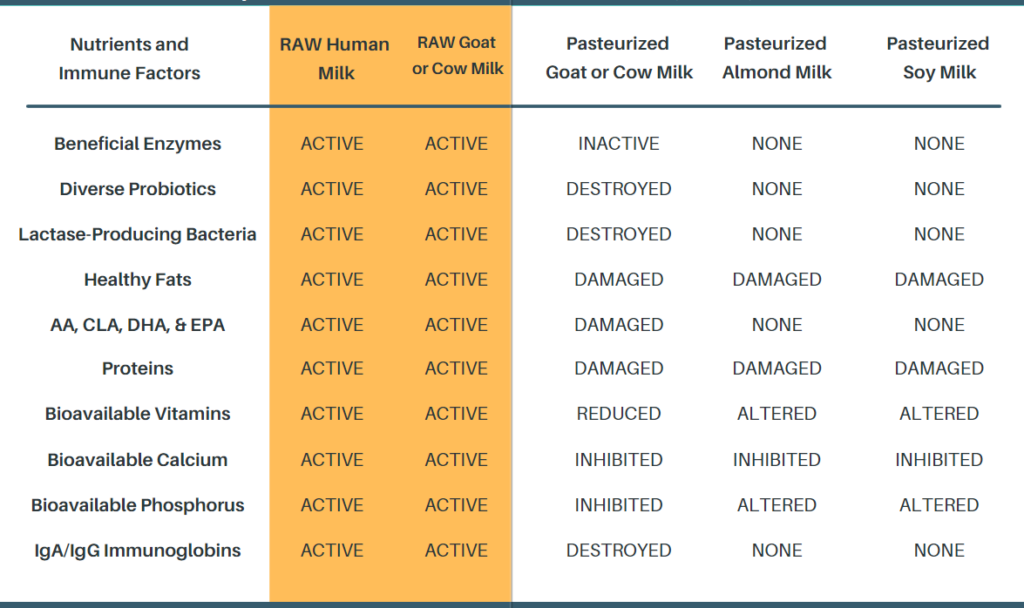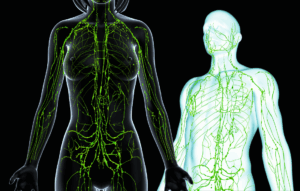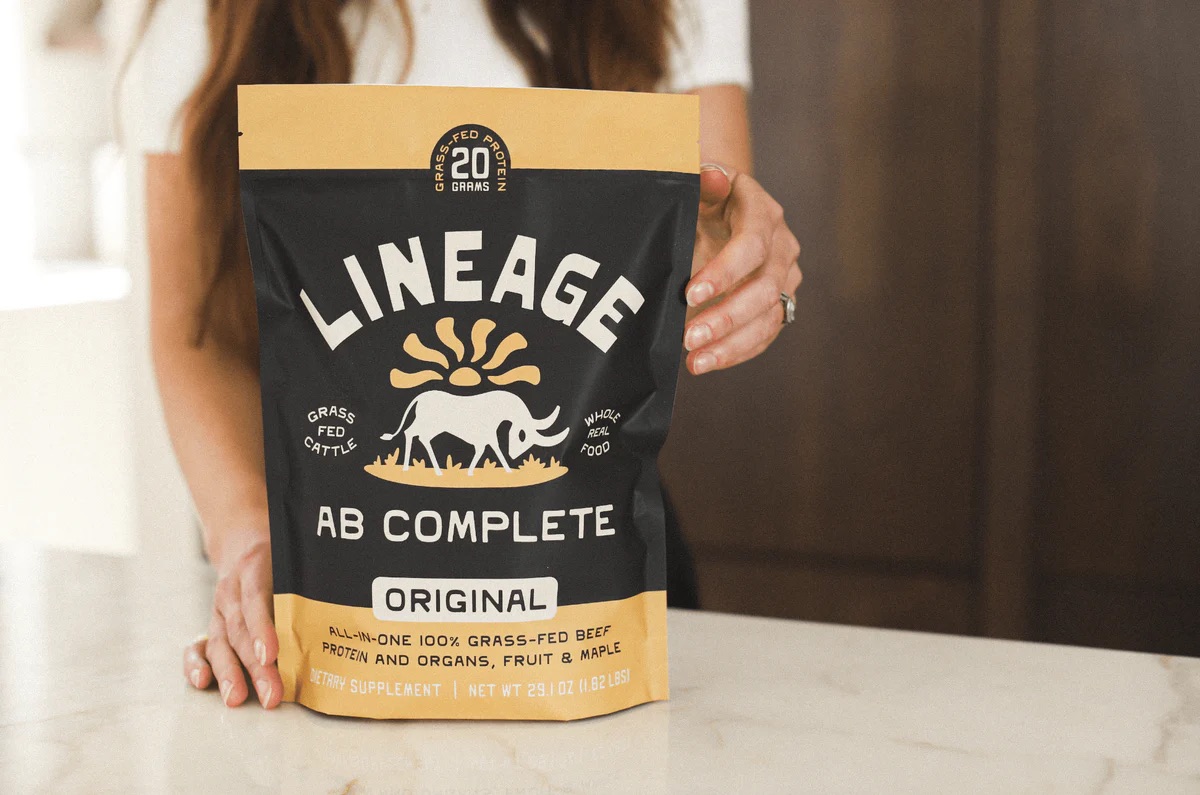Raw milk, often hailed as “nature’s perfect food,” has a history that spans thousands of years, nourishing countless generations across various cultures. Yet, despite its time-honored role in human diets, raw milk has been unfairly demonized in the modern era, particularly following the advent of pasteurization in the early 20th century. In this article, we’ll delve into the history of raw milk, explore how it has been misrepresented, compare its nutritional integrity to pasteurized milk, highlight its numerous benefits, and discuss where you can legally obtain this nutrient-rich liquid.
A Brief History of Raw Milk

The consumption of raw milk dates back to the dawn of animal domestication. Ancient cultures from around the world—ranging from the Maasai in Africa to European pastoralists—relied heavily on raw milk from cows, goats, sheep, and other dairy animals. For these societies, milk was more than just a beverage; it was a vital source of nutrition, providing essential fats, proteins, and vitamins. The use of raw milk was so prevalent that it significantly influenced the development of human culture, allowing societies to settle and thrive in areas where plant-based food sources were scarce.
Historically, raw milk was revered for its health benefits. Many cultures recognized its nourishing properties, using it not just as a food source but also as a healing remedy. In ancient Egypt, for example, raw milk was used in medicinal concoctions to treat a variety of ailments. Similarly, Hippocrates, the father of medicine, advocated for the use of raw milk to treat illnesses such as digestive disorders and respiratory conditions.
However, the Industrial Revolution brought significant changes to dairy farming and milk consumption. As cities grew and populations swelled, the demand for milk skyrocketed. This led to the rise of large-scale dairies where cows were often kept in unsanitary conditions and fed poor-quality feed. The resulting milk, often contaminated with pathogens, caused widespread illnesses, particularly among infants. It was during this time that pasteurization—a process named after Louis Pasteur—was introduced to make milk safer by killing harmful bacteria.
The Demonization of Raw Milk
The early 20th century saw a growing push for pasteurization as a public health measure. While pasteurization undoubtedly helped reduce the incidence of milk-borne diseases, it also led to the unfair demonization of raw milk. The push for pasteurization was not just about public health; it was also driven by economic interests. Large dairy corporations and government agencies promoted pasteurization as the only safe way to consume milk, ignoring the fact that raw milk had been consumed safely for millennia.
One of the most significant turning points in the demonization of raw milk was the smear campaign launched in the 1940s. This campaign, backed by government officials and medical professionals influenced by corporate dollars, portrayed raw milk as a dangerous, disease-ridden product. Fearmongering articles and advertisements flooded the media, convincing the public that pasteurized milk was the only safe option. This campaign was so successful that by the mid-20th century, raw milk was largely banned or heavily restricted in many parts of the world.
The Nutritional Integrity of Raw Milk
Despite its tarnished reputation, raw milk is nutritionally superior to pasteurized milk in several ways. One of the most significant differences lies in the presence of beneficial enzymes. Raw milk contains a variety of enzymes that aid in digestion and boost the immune system. For example, lactase is an enzyme present in raw milk that helps break down lactose, the sugar found in milk. This is particularly important for people who are lactose intolerant, as many who struggle with digesting pasteurized milk find they can tolerate raw milk due to its natural lactase content.
Pasteurization, however, destroys these enzymes. The high heat used during the pasteurization process denatures proteins and enzymes, rendering them inactive. This not only diminishes the nutritional value of the milk but also makes it harder to digest, contributing to the rise in lactose intolerance.
Raw milk also boasts a higher concentration of vitamins and minerals compared to pasteurized milk. Vitamins such as B6, B12, and C are sensitive to heat and are significantly reduced during pasteurization. Additionally, the natural fats in raw milk, including omega-3 fatty acids, remain intact, providing essential nutrients that support brain function and reduce inflammation.
Another crucial difference between raw and pasteurized milk is the presence of beneficial bacteria, also known as probiotics. These good bacteria play a vital role in maintaining gut health by balancing the microbiome, aiding digestion, and strengthening the immune system. Pasteurization kills these beneficial bacteria, leaving the milk devoid of its natural probiotic content.
The Benefits of Raw Milk
The resurgence of interest in raw milk is largely due to its numerous health benefits. Let’s explore some of the key advantages:
Improved Digestive Health: As mentioned earlier, raw milk contains enzymes like lactase, which help break down lactose, making it easier for people with lactose intolerance to digest. Additionally, the probiotics in raw milk promote a healthy gut microbiome, which is essential for overall digestive health.
Stronger Immune System: The probiotics and enzymes in raw milk contribute to a robust immune system by supporting the body’s natural defenses against pathogens. Moreover, raw milk contains immunoglobulins, which are antibodies that help fight infections.
Reduced Risk of Allergies and Asthma: Several studies have shown that children who consume raw milk have a lower risk of developing allergies and asthma compared to those who drink pasteurized milk. This is likely due to the immune-boosting properties of raw milk, which help prevent allergic reactions.
Better Skin Health: Raw milk is rich in vitamins and fatty acids that nourish the skin from within. Regular consumption of raw milk has been associated with clearer skin and a reduction in conditions such as eczema.
Enhanced Nutrient Absorption: The presence of natural enzymes in raw milk facilitates better absorption of nutrients, ensuring that the body receives the maximum benefit from the vitamins, minerals, and proteins found in milk.
Support for Bone Health: Raw milk is an excellent source of calcium, vitamin D, and other nutrients that are essential for maintaining strong bones and preventing osteoporosis.
Raw Milk vs. Pasteurized Milk: A Nutritional Comparison
To truly appreciate the benefits of raw milk, it’s essential to compare it with pasteurized milk. Here’s how they stack up against each other:
Enzyme Content: Raw milk is rich in enzymes like lactase, lipase, and phosphatase, which aid in digestion and nutrient absorption. Pasteurized milk, on the other hand, has these enzymes destroyed, making it harder to digest and less nutritious.
Vitamin and Mineral Content: Raw milk contains higher levels of heat-sensitive vitamins such as B6, B12, and C. Pasteurization reduces the concentration of these vitamins, diminishing the milk’s overall nutritional value.
Probiotic Content: Raw milk is teeming with beneficial bacteria that support gut health and strengthen the immune system. Pasteurization kills these probiotics, leaving the milk sterile and less beneficial.
Protein Integrity: The proteins in raw milk remain intact and bioavailable, providing essential amino acids that the body needs for growth and repair. Pasteurization denatures these proteins, making them less effective.
Taste and Texture: Many people who consume raw milk report that it has a richer, creamier taste compared to pasteurized milk. This is because raw milk contains natural fats and proteins that give it a fuller flavor and smoother texture.
The Legal Landscape of Raw Milk
The legality of raw milk varies widely depending on where you live. In the United States, raw milk is legal in some states, while it is heavily restricted or banned in others. Here’s a brief overview of the legal status of raw milk across the U.S.:
Legal for Retail Sale: In states like California, Pennsylvania, and New York, raw milk can be legally sold in retail stores. These states have specific regulations in place to ensure the safety and quality of the raw milk being sold.
Legal for On-Farm Sales: In states like Vermont, South Carolina, and Missouri, raw milk can be legally purchased directly from the farm. However, it cannot be sold in retail stores.
Legal Through Herd Shares: In states like Colorado, Idaho, and Virginia, raw milk can be obtained through a herd share program, where consumers purchase a share of a cow or goat and receive a portion of the milk produced.
Illegal: In states like Nevada, Montana, and Louisiana, the sale of raw milk is completely illegal. In these states, it is difficult to obtain raw milk unless it is through underground markets or by traveling to neighboring states where it is legal.
For a comprehensive map of raw milk laws in the United States, the Farm-to-Consumer Legal Defense Fund provides an excellent resource.
Finding Raw Milk Near You
If you’re interested in trying raw milk, finding a reliable source is crucial. Here are some tips on how to locate raw milk near you:
Visit Local Farms: Many small-scale dairy farms sell raw milk directly to consumers. Visiting these farms allows you to see the cows and the milking process firsthand, ensuring the milk is produced under clean and humane conditions.
Join a Herd Share: In states where raw milk sales are restricted, herd shares offer a legal way to obtain raw milk. By purchasing a share of a cow or goat, you gain access to the milk produced by that animal.
Check Farmers’ Markets: Some farmers’ markets offer raw milk for sale, depending on the local laws. This is a convenient way to purchase raw milk while supporting local farmers.
Use Online Directories: Websites like Real Milk (a project of the Weston A. Price Foundation) and the Raw Milk Finder provide directories of raw milk producers across the country. These resources can help you find a farm or co-op near you that sells raw milk.
The Revival of Raw Milk: A Growing Movement
In recent years, there has been a resurgence of interest in raw milk as more people seek out natural, unprocessed foods. This growing movement is driven by consumers who are increasingly aware of the health benefits of raw milk and are dissatisfied with the highly processed foods that dominate the modern diet.
Advocates of raw milk argue that everyone should have the right to choose what they consume, especially when it comes to a product as natural and nutrient-rich as raw milk. As more research emerges supporting the health benefits of raw milk, it is likely that we will see continued efforts to legalize and regulate its sale across more states.
Conclusion
Raw milk, with its rich history and undeniable health benefits, is making a comeback in the modern world. Despite being unfairly demonized for much of the 20th century, raw milk is now being recognized for the nutritional powerhouse that it is. Whether you’re looking to improve your digestive health, boost your immune system, or simply enjoy a glass of milk as nature intended, raw milk offers a wealth of benefits that pasteurized milk simply cannot match.
As with any food, it’s important to source raw milk from reputable farms that prioritize cleanliness and animal welfare. By doing so, you can enjoy the full spectrum of nutrients and flavors that raw milk has to offer. So, if you’ve ever wondered what all the fuss is about, perhaps it’s time to give raw milk a try and taste the difference for yourself.














